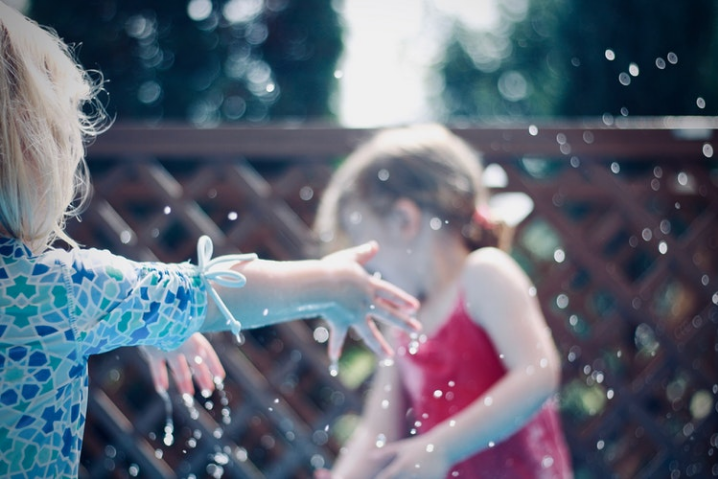Have you ever considered the way you want your funeral to be like? Or how would it be to experience death? Or what should happen to the body after the demise? If you are like the majority of people, then you might have never thought on how you would like to die. You might have never even spoken about death in general.

Even when everyone knows that death is inevitable, yet death remains one of those topics which people avoid. The culture embraces and celebrates youth, which is why people in the west want to face up their mortality.
But as the population is ageing and struggling to cope with demand, people need to start planning for their own end of life care earlier. It is time to start getting dying on the agenda early –and the best way is to teach students about it in school.
Even the Australian Medical Association Queensland has proposed that death should be inculcated in school curriculum. If the proposal gets accepted, Australia will be the first nation to tackle public discomfort and avoidance of sudden death. US should also consider inculcating the same in American education.
Education about Death
While most of the people wish to die at home, only a small percent of people actually die at home. Most of the deaths take place at hospital.
Young people’s perception about death is deeply influenced by films and TV where it is scarier than reality. Australian doctors have found that we need to see what is taught in schools only then we can address the perception about death. Death could become less traumatic and people could make more informed decisions if palliative care and euthanasia were discussed openly.
Death can be taught in Biology and the whole process can be elaborated from a practical perspective. Students of civil sciences can learn how to draw up a will and look at the legal and ethical debates over what mental and physical capacity stands for.
Death Denial
The death café movement has inspired people to talk about death and dying over tea and cake in over 56 countries. The Order of the Good Death uses online approaches to make death a part of our life.
These movements are trying hard to not make death appear as taboo. Yet there remain a significant number of people who are uncomfortable in talking about death. This is known as death denial.
The key problem with death denial is that individual wishes for the end of life do not get considered until it’s too late.
Dying Talk
Educating the youth about death is important, it offers the opportunity to challenge the unwanted consequences of not talking – such as coalition, families not knowing how to best help or support their loved ones, the dying person feeling frightened and distressed, and people dying without a will.
Inclusion of death in education can bring transparency and make death a part of everyday life. Normalizing death within schools can help their families to fear less and make more informed decisions about the end of their lives.